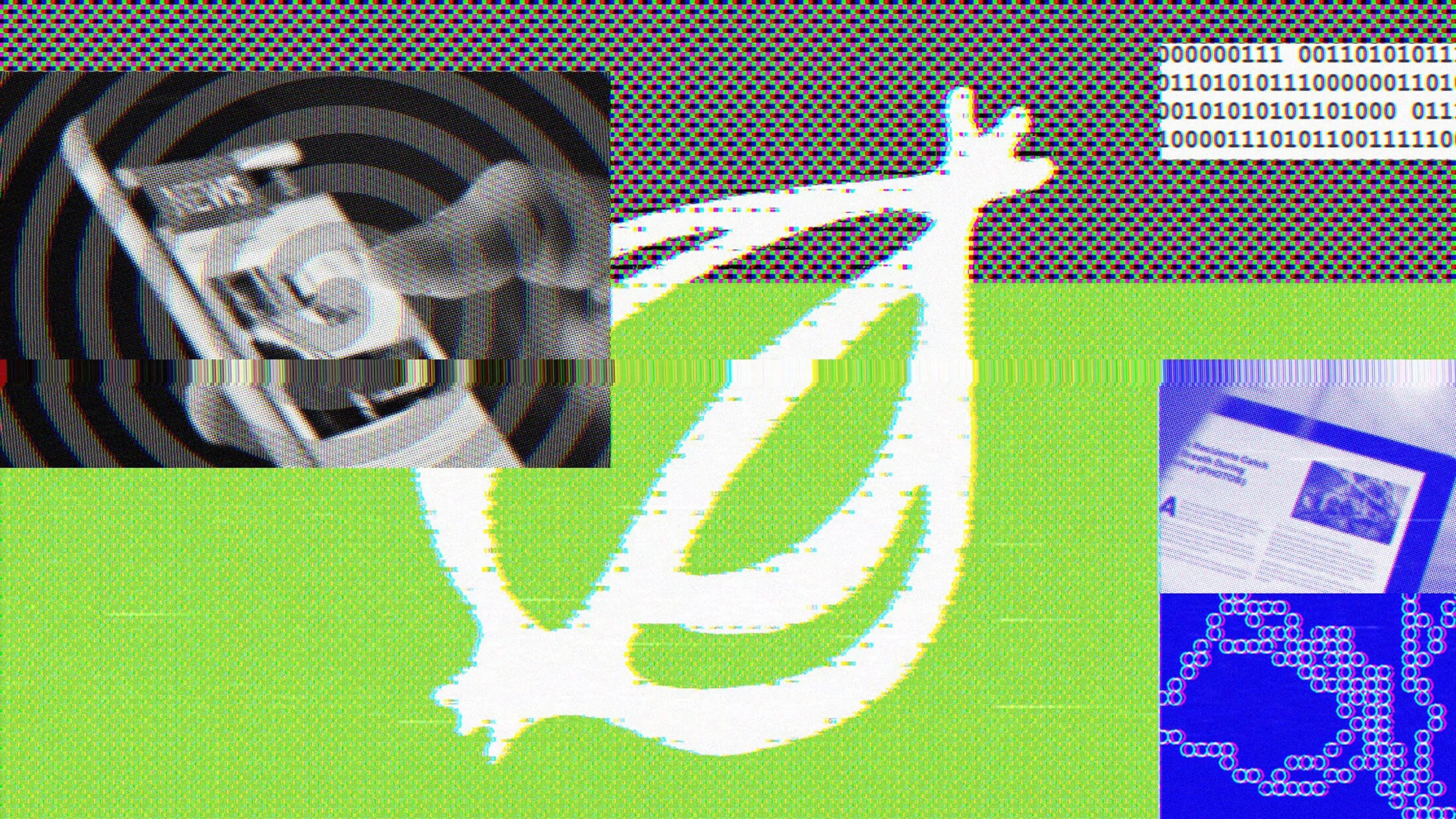How to Make Digital Branding Less Insufferable

I don’t know why, but for whatever reason I get bugged by campaigns that reek of inauthenticity. This is somewhat irrational because all campaigns, whether they be advertising, political, or fundraising, are built upon at least some sort of contrivance and artificiality. Your favorite television commercial, for example, was once an idea in the mind of an advertising rep, which then proceeded to be combed-over, analyzed, scripted, edited, vetted, filmed, assessed, re-edited, re-assessed, vetted again, approved, and reapproved by someone more important, all before it made its way to your TV screen.
That’s quite the process! Along each step, efforts were made to optimize the ad’s success in building brand awareness and loyalty. The thing went from being an idea to a well-oiled mechanism for making you want to buy tampons or yogurt or Audis or whatever.
You know, Merriam-Webster could remove the definition of “contrived” from its dictionary and replace it with everything I’ve written so far and nothing would be lost. I suppose, then, what grinds my gears about branding is when it’s blatantly obvious. Building a brand is like telling the story of your product. There are several basic foundational principles to telling a good story. The best stories follow these principles without making it obvious that they’re adhering to a paradigm. The same goes for branding. Branding done poorly reeks of some desperate advertising executive or social media intern forcing the story of the brand down your throat. It’s dreadful stuff.
The worst examples of bad branding almost always occur on Twitter or Facebook. I cringe every time a paper towel company tries to drop awful memes on its followers (related: Who in their right mind decides to follow a paper towel company?). Remember this dumb thing?

Clorox got accused of being racist with this post. I don’t think it was racist; I think it was dumb. I guess if you decide it’s a good idea to follow Clorox on Twitter, you deserve to see dumb things like this in your feed.
So how can brands improve their strategies so they don’t come off as desperate putzes? A good start would be to follow the directives of Anneliza Humlen of SocialVoice LLC, who has a piece up at The Huffington Post this week. Humlen’s advice arrives in the form of a “Don’t eat this; eat that instead” piece, except we’re talking about marketing decisions rather than pieces of cheesecake. Here are some of her best tips:
“FROM Focus on Size and Stats TO the People Within — Employees are a company’s greatest asset not because of the quantity employed, but because of the caliber of talent and added credibility they offer. Connecting audiences to more of the minds behind a company produces exponential wins and more opportunities for relationship building.
FROM Mass Media Push TO Building Engaging Relationships — Aggressive communication does not build attraction and interest; it repels. Social networks are a reminder that quality — not quantity, of connections is far more valuable.
FROM Marketing Communication to Enabling Social Currency — The value of marketing communication is relative depending on its usefulness to people, be it informative, inspiring, social, or otherwise.”
Here’s what I take away from these three points:
1. The Clorox Twitter feed would be much more interesting and effective if, instead of trying to emulate the dude from your high school math class that you still follow on Twitter for whatever reason, it instead took a human-interest approach to the inner machinations of the company. Transparency is cool, even if it’s just the illusion of transparency. Teach me how bleach is made. Introduce me to the people who work for the company. Explain to me why the Clorox story is interesting.
2. Like it or not, brand-building in the 21st century comes with an acute focus on share-worthy content. What makes something share-worthy? Considering the new age of digital marketing focuses on the user, share-worthy content necessarily needs to be designed to be of value to the target audience. As a wise man once said: Effective branding is about way more than clever tweets. And as a wiser, more-successful man once said: Content must be more than good; it must be shareable.
3. Good brand-building is about endearing yourself to other people. Really, success in pretty much any realm depends on making friends and building alliances. For digital marketing, you need to talk to you customers, not at them. This is that big scary capital-E “Engagement” you hear so much about. Listen to what your stakeholders are saying and follow through.
Most of all, the key to good digital branding practices is to adopt a strategy rather than making things up as you go along. This is about as contrived as it gets — building a map and sticking to it. But, as I mentioned before, it’s not inauthenticity that bugs me; it’s the appearance of inauthenticity.
For more from Humlen, be sure to check out her full piece linked again below.
Read more at The Huffington Post.
Below, Shark Tank’sBarbara Corcoran walks through strategies and rationales for placing an adept focus on brand-building.





